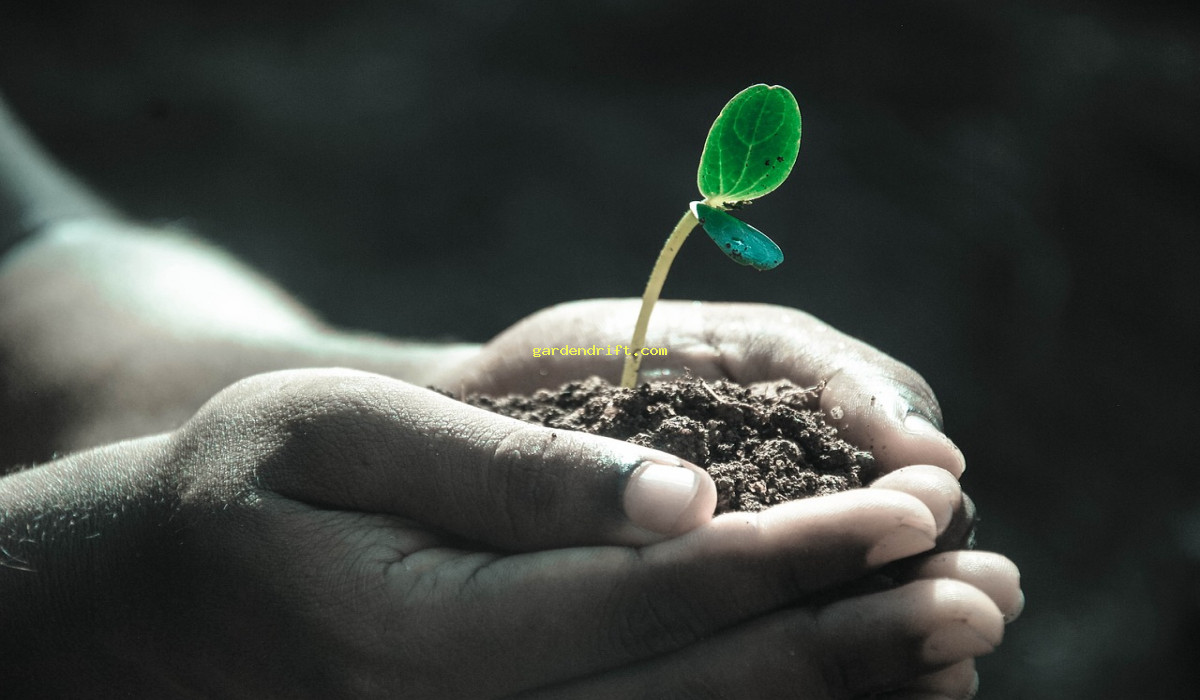10 Essential Spring Garden Tasks: A Complete Checklist. Get ready for a beautiful and bountiful spring garden with our helpful checklist! From prepping the soil to choosing the perfect plants, make sure you follow these steps for a successful growing season. Don’t miss out on creating your own slice of paradise right in your backyard. Start checking off your list today!
Garden Checklist: 10 Tasks to Give Your Garden a Head Start Before Spring
10 Essential Spring Garden Tasks: A Complete Checklist Garden Checklist: 10 Tasks to Give Your Garden a Head Start Before Spring Video 10 Essential Spring Garden Tasks: A Complete Checklist
10 Essential Spring Garden Tasks: A Complete Checklist. follow these steps 10 Essential Spring Garden Tasks: A Complete Checklist
Spring Garden Checklist:
Spring has arrived and it’s a great time to start planning and caring for your garden. As the snow melts away and the sun starts to shine, it’s important to have a checklist in place to ensure that your spring garden blooms beautifully. Here is a spring garden checklist to help you get started:
1. Clean Up Your Garden
The first step in prepping your garden for spring is to give it a good cleaning. Remove any debris, dead plants, and fallen leaves from the winter. This will prevent any potential pests and diseases from lingering in your garden and allow for proper air circulation.
2. Inspect Your Tools
It’s always a good idea to check your gardening tools before starting any gardening tasks. Sharpen your pruning shears, clean and oil your garden tools, and make sure everything is in good working condition.
3. Prepare Your Soil
Having healthy soil is essential for a successful garden. Start by testing your soil’s pH level to determine if any amendments need to be made. Mix compost or organic matter into your soil to help improve its structure and add important nutrients.
4. Plan Your Planting
Before you start planting, carefully plan out your garden. Consider the amount of sunlight different areas receive, the types of plants you want, and their spacing requirements. This will help ensure that your garden is organized and visually appealing.
5. Start Seeds Indoors
Some plants, such as vegetables and annuals, can benefit from starting their growth indoors. This allows them to have a head start before being transplanted into your garden. Follow the instructions on seed packets and provide proper lighting and water for healthy growth.
6. Plant Cold-Tolerant Vegetables
If you’re eager to start planting in your garden, opt for cold-tolerant vegetables. These include root vegetables like carrots and beets, as well as leafy greens like kale and spinach. They can withstand cooler temperatures and will thrive in early spring.
7. Prune Shrubs and Trees
Spring is the ideal time to prune your shrubs and trees before they start to flower and grow new leaves. Pruning helps promote healthy growth and prevents overcrowding. It’s important to use sharp, clean tools and to prune at the right time to avoid damaging your plants.
8. Fertilize
Fertilizing your plants in early spring will help give them a much-needed boost of nutrients. Choose a fertilizer that is suited for the type of plants in your garden and follow the instructions carefully.

Over-fertilizing can be harmful to your plants, so be sure to use the recommended amount.
9. Protect Against Pests
As temperatures rise, pests become more active. Be proactive in protecting your garden by using natural solutions like neem oil or introducing beneficial insects. You can also create a physical barrier, such as a net, to keep pests away from your plants.
10. Mulch
Applying mulch to your garden has many benefits, including retaining moisture, suppressing weeds, and adding nutrients to the soil. Use an organic mulch, such as shredded leaves or bark chips, and apply a layer of 2-3 inches thick. Avoid covering the base of plants as it can cause rotting.
11. Divide Perennials
Perennials can become overcrowded and benefit from being divided. This allows them to have more space and resources to grow. Divide perennials in early spring when they are actively growing, making sure to keep the root system intact.
12. Start a Compost Bin
Starting a compost bin is a great way to reduce waste and create nutrient-rich soil for your garden. Simply add your kitchen scraps, yard waste, and other organic materials and let it decompose. Use the compost as a natural fertilizer for your garden.
13. Water Wisely
Proper watering is crucial for a healthy garden. Water plants deeply and less often, promoting stronger root growth. Water in the early morning to prevent evaporation and water on the soil, not on the leaves, to prevent disease.
14. Keep a Garden Journal
Keeping a garden journal is a great way to track your progress and make notes for future gardening seasons. Write down the types of plants you planted, their location, and any maintenance tasks you completed. This will help you stay organized and improve your gardening skills.
15. Enjoy Your Garden
Last but not least, don’t forget to sit back and enjoy your spring garden! Take in the beautiful blooms and the fruits of your labor. A garden is not only a place to grow plants, but also a place to relax and recharge.
10 Essential Spring Garden Tasks
In conclusion, following this spring garden checklist will help you have a successful and beautiful garden this season. Remember to take your time, plan accordingly, and use organic methods as much as possible for a healthy and sustainable garden. Happy gardening!

Get ready for a beautiful and bountiful spring garden with our helpful checklist! From prepping the soil to choosing the perfect plants, make sure you follow these steps for a successful growing season. Don’t miss out on creating your own slice of paradise right in your backyard. Start checking off your list today!. spring 10 Essential Spring Garden Tasks: A Complete Checklist
What are the best garden tools?
The best garden tools for a spring garden checklist include a hand trowel, a garden hoe, a rake, a wheelbarrow, and pruning shears. These tools will help you with planting, weeding, raking, and maintaining the overall health and appearance of your garden.
How often should I water my garden?
The frequency of watering a garden can vary depending on factors such as climate, soil type, and types of plants. However, as a general rule, it is recommended to water your garden once or twice a week during spring when the weather is mild and there is not a lot of rainfall.
Why is fertilizing important for a spring garden?
Fertilizing is important for a spring garden as it provides necessary nutrients for plants to grow and thrive. During the spring season, plants are actively growing and using up their stored energy, which is when they need extra nutrients to support their growth. Fertilizing can also help improve the overall health and appearance of your garden, producing larger and more vibrant flowers, fruits, and vegetables.
